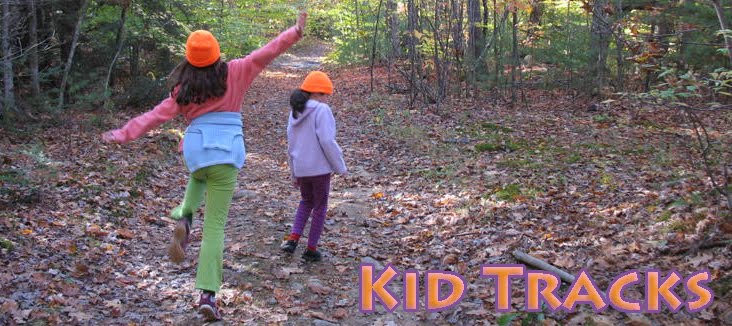I have a working packing list so I can regularly add to it when I think of items. I'm posting it on my blog, not so much to share the gory details with all of you as much as a way for me to reference it when I need it in case I lose my original list (which is entirely possible in my currently sleep-deprived brain).
The Almeida's fair packing list (so far - I know I am forgetting something already!):
Livestock
2 pigs, each between 220-250 pounds. 4-H friend hauling
3 sheep (1 yearling, 2 lambs - one lamb that is nearly the size of the yearling). We haul w/trailer and our wanna-be truck (mini-van)
3 cows (1 cow, 1 heifer and 1 bull calf). Farm hauling
4-H livestock forms & livestock insurance cards
4-H hall exhibits
* 14 exhibits for L w/fair entry paperwork attached to each one
* 15 exhibits for G, including baked items made the night before the drop-off and fair entry paperwork for each one
* old computer laptop (to play G.'s movie submission and L.'s robotic club's movie for judging day)
13-foot camper that we are also hauling with our wanna-be truck (mini-van)
L.'s packing list
* grain for sheep
* hay for sheep
* water bucket for sheep
* grain dish for sheep
* hand clippers for sheep
* hoof trimmers for sheep
* brushes for sheep
* 3 sheep halters
* sheep coats
* grain for pigs
* 2 grain dishes for pigs
* 2 pig boards
* shampoo to wash pigs
* wash bucket, sponge and scrub brush for pigs
* powder & baby oil for pigs
* baby wipes for sheep & pigs
* boots for stall mucking
* boots for showing
* show clothes for sheep
* show clothes for pigs - Swiners shirt and extra show pants
G.'s packing list
* show shirt and pants
* boots for stall mucking
* boots for showing
* show stick
* (farm's) show box with brushes, clippers, combs, hair stuff
* baby wipes
Mom's packing list
(check standard camper gear before hauling camper to fairgrounds)
* Breakfast items for 7 days
* Lunch supplies for 7 days
* water bottles & seltzer cans
* paper plates and napkins
* plastic silverware
(We're budgeting to eat dinner at the fairgrounds every night because I can't handle meal prep with shows just about every afternoon/evening!)
* Sleeping bags for the camper
* 4 pillows
* portable heater
* extra hangers for wet clothes - it has rained nearly every day at this fair for the past 3 years we've camped there.
* 4 aprons and hats for our 4-H kitchen volunteer time
And this year not only are we prepping for the fair, I am adjusting to a new night work schedule that I was assigned at the office. I have been an early morning person for the last decade so when the sun comes up, unfortunately so do I even if I've only been asleep for 3-4 hours. Every night I get a little more sleep so I am sure in a couple of weeks my body will have this snoozing thing figured out.
Then there are the kids and their much more demanding school and homework assignments that need to be figured out for our week at the fair.
And there is the third pig to get off for processing *this* weekend and coordinating with friends for the pick-up.
Oh, and G. just took on a new dog to foster two weeks ago.
I definitely have my hands full for the next 8 days. Then there is fair week, which is another whole ball of wax.
As my friends in college used to say, "It's going to be a show!" for the next couple of weeks.
But like every year, the coordination is always worth the effort. The kids learn so many practical life skills with their various activities at the fair every year. And we have some wonderful 4-H friends that make this all do-able - and fun! - for my family.
But if you see me this coming week, or the week of the fair, don't expect much conversation. Or be ready for my sleep-deprived silliness. I'm well-known for the latter and it's even more bizarre coming from a 40-year-old than it was during my college years. Just plan to forgive me now for my weirdness.
Happy upcoming fair week to all my 4-H friends!

